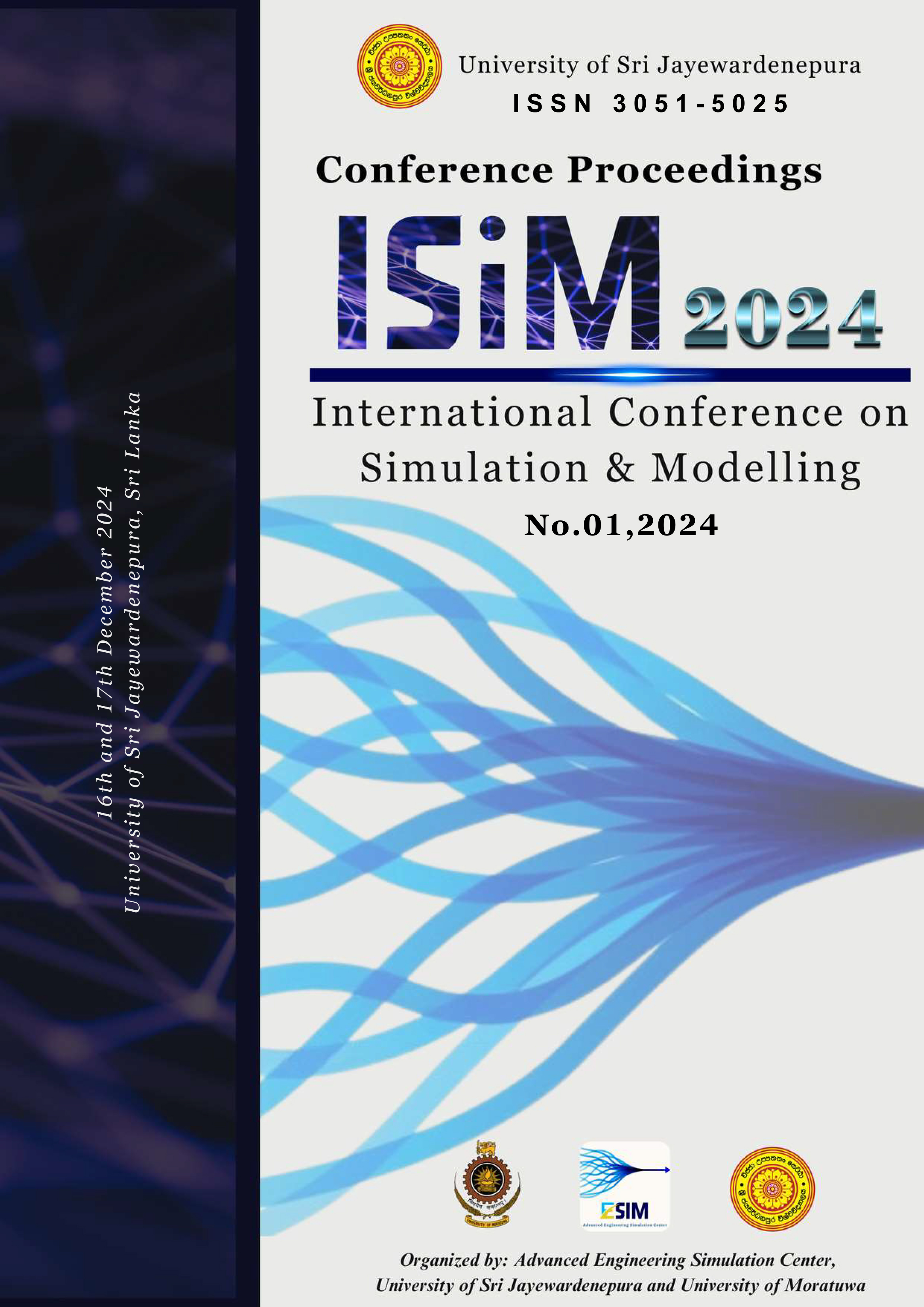Improving the Hydrodynamic Performances of an Underwater Snake Robot Using Computational Fluid Dynamics
Keywords:
Keywords--Underwater snake robots, Caudal fin, anguilliform, computational fluid dynamicsAbstract
The ocean contains biological resources, energy, and
mineral resources. Therefore, underwater vehicles could extensively be used for inspections and installation of machinery in the underwater environment. Bio-inspired underwater snake robots are a key research area in underwater robotics. The ability to reach narrow spaces and their capability of being used as manipulators are significant attributes of snake robots. However, their limitations, such as slow speeds and low efficiency, hinder their widespread application. To overcome these limitations, a range of caudal fins are introduced to underwater snake robots. These fin geometries were selected based on the locomotion of fish. This study investigates truncate, rounded, forked and heterocercal fin geometries. Computational fluid dynamics (CFD) techniques are used to identify the most suitable types of caudal fin shapes that can maximize the thrust and neutralize the lift. According to the results, rounded caudal fin geometry was concluded to be the best candidate among the other proposed fin geometries for underwater snake robots.

